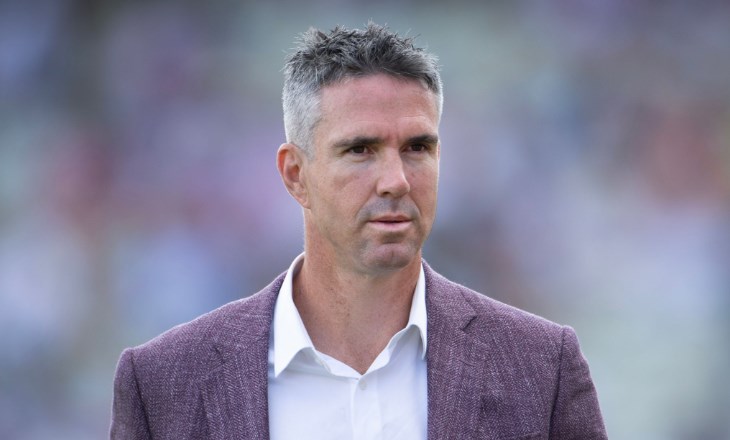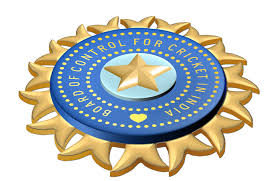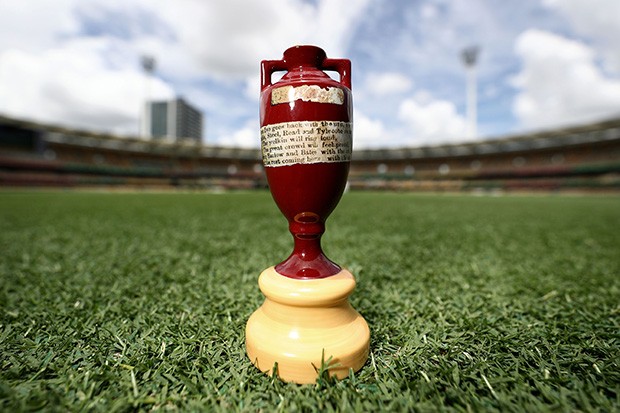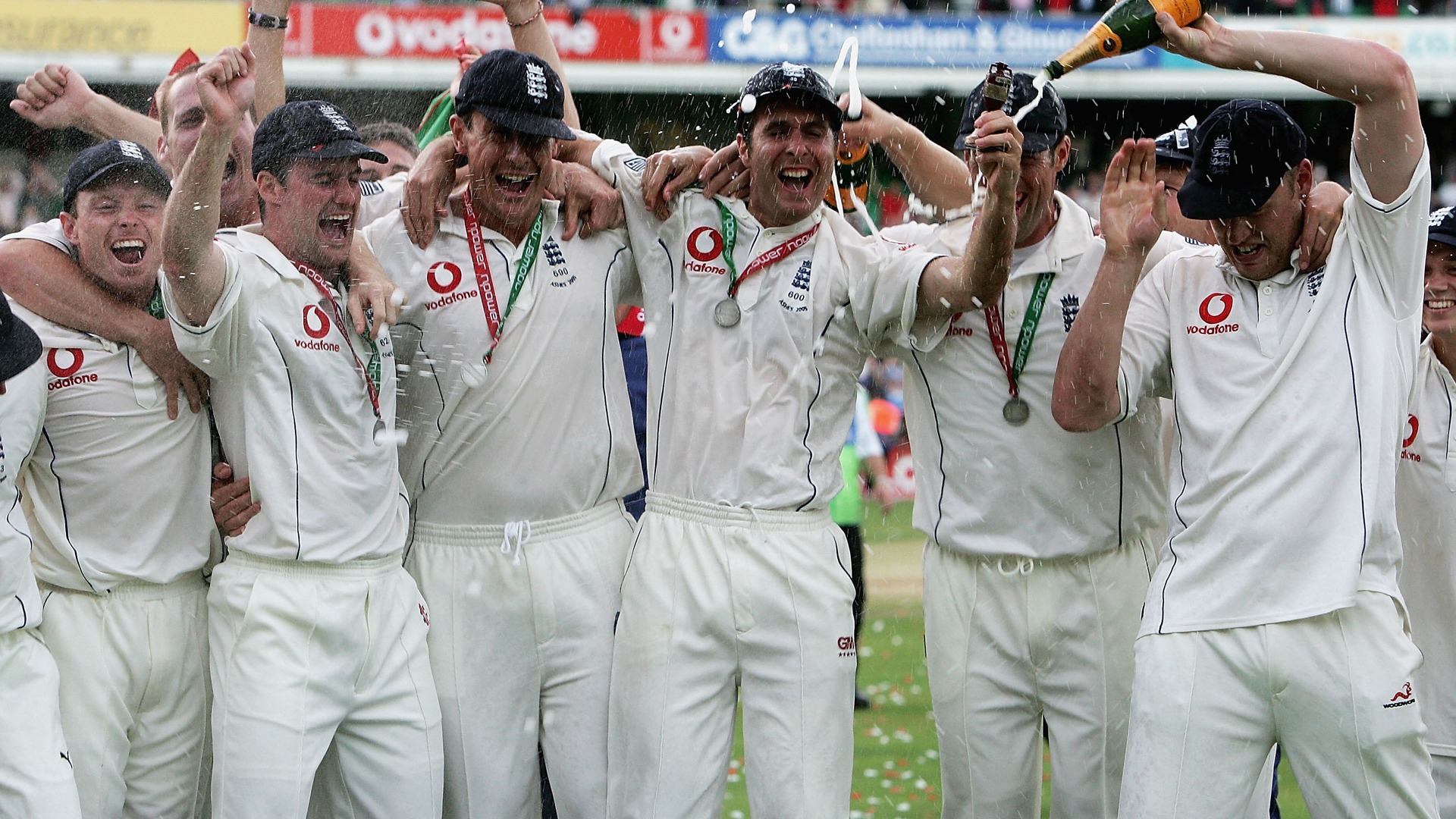This is the fourth chapter in the Pietersen autobiography series. Pietersen and Rahul Dravid.
KP is all praise for IPL as the chapter starts. He developed a lot of friendships in the IPL. Someone whom he didn’t liked earlier, has now become a good friend. He insists that just for the friendships, he would play in the IPL for free. That was how much he liked IPL. KP was given a lot of suggestions during the IPL about his game. This is where is waxes praise for someone whom he considers his guru, Rahul Dravid. In this autobiography, KP has revealed the advise Dravid gave him. I would like to quote verbatim from the autobiography.
Rahul’s email
Champ,
I’ll start with a disclaimer. I have not batted against the two of them and also have not been able to watch any of the cricket in this series. So, if some of what I say makes no sense or is not relevant or practical against these two just ignore. As we know, giving advice is easy, but until you have actual experience it’s hard to get a real feel of what’s the correct way.
They do bowl quicker and if the tracks have been turning then it’s always going to be a challenge for anyone.
Against guys who bowled a bit quicker [and I grew up with playing Anil] I would look to go forward without committing or planting the front foot. What can happen is we look to go forward which is correct but because we are so keen to get forward and not get trapped on the back goot sometimes you can plant that front foot too early. It sends the timings all wrong and forces your bat to come down too quickly [because once your foot is planted it is a signal for your brain to deliver the bat] resulting in you pushing at it rather than letting it come to you.
Also then if it turns you are more liable to follow the ball rather than holding your line and letting it spin past. [Nobody counts how often you get beaten]. Also, that result in what we call hard hards, which is nothing but pushing out. If your transfer of weight brings your bat down then that’s perfect because it always puts the bat in the right place. [I have infact struggled a bit with that in Aus as my timing has been a bit off and had led to me pushing out at ball and created a gap between bat and pad]. That’s te bummer with timing – it’s impossible to teach or train.
Anyway, all this stuff is happening in the subconscious and you can’t think about it.
You can practise a few things though – in the nets try and pick up length from the bowler’s hand, that will force you to watch it closely. Look to go forward but recognise that a lot of the scoring opportunities are off the back foot, so while you’re looking to go forward you are not committing, the keyword is looking, you are ready to rock back and pick up some runs if you can.
One good practice is to bat against Swann and Monty without pads or with just knee pads [maybe not a day before a game]. When you have no pads it will force you sometimes painfully, to get the bat forward of the pads and will force you to watch the ball. Also the leg will be less keen to push out without any protection. My coach would tell me you should never need pads to play spin.
KP you are a really good player, you need to watch the ball and trust yourself. You’ll be able to pick up length and line and spin a lot better if you’re calm and trusting at the crease. Under stress we miss vital clues especially early one. If you get beaten and it spins past you so what… you’re still in, and realise that you’ll pick up the next ball better if you can forget the earlier one. Don’t let anyone tell you that you can’t play spin, I have seen you and you can.
Anyway, I probably rambled on too much… all the best, go well!
Rahul
KP admits that he reads this email quite often because Rahul called him a champ.
Now, more IPL
He describes about the bidding process. England players and the ECB did not favour the IPL because for them someone bidding for them was blasphemous. Things have changed now that the English players have been available throughout the season for the last few years. Back then, it was different. The English dressing room disintegrated because a couple of English players were paid pretty well in the IPL and that caused resentment. KP did have a wonderful time during the IPL with some of the best players the game had to offer. Sharing hotel rooms with them, training together, swimming together and generally, everyone had a relaxed time.
KP values the friendships that he gained during the IPL and throughout his playing career. He has friends across international teams whereas the English players do not mingle with anyone who hasn’t played in County Cricket. He gives one example. Back in 2013, when David Warner abused Matt Prior, KP stepped in to dissuade the situation because he got on well with Warner because of their days together at Delhi Daredevils. The English players didn’t like it because they felt that KP was on the side of Warner. There was another incident during the 2006 Ashes in Australia when Warne, who was a great friend of Pietersen was told by the Australian board not to be friends with Kevin. KP wasn’t aware of the diktat until the end of the series when Warne confided in him. They abused each other during the series.
Wrapping up Pietersen and Rahul Dravid
Pietersen towards the end of the chapter wonders, what is the game all about? Was it the abuse by both him and Warne or the gentle but firmness of Dravid?
Autobiography
https://icricketcritique.com/kevin-pietersen-and-the-meeting/
https://icricketcritique.com/kevin-pietersen-captaincy-and-moores/
https://icricketcritique.com/pietersen-and-his-early-life/
https://icricketcritique.com/pietersen-and-the-ipl/
https://icricketcritique.com/pietersen-and-rahul-dravid/
https://icricketcritique.com/pietersen-and-county-cricket/
https://icricketcritique.com/pietersen-and-the-big-cheese/
https://icricketcritique.com/pietersen-and-controversies/
https://icricketcritique.com/pietersen-and-the-textgate/
https://icricketcritique.com/pietersen-and-his-disillusionment/
https://icricketcritique.com/pietersen-and-confronting-abuse/
https://icricketcritique.com/pietersen-and-the-final-breakdown/
https://icricketcritique.com/pietersen-and-the-final-chapter/



